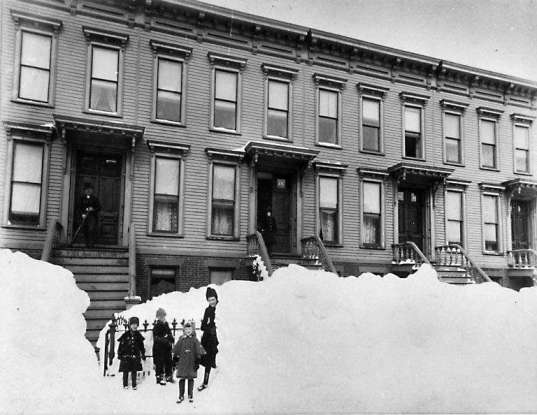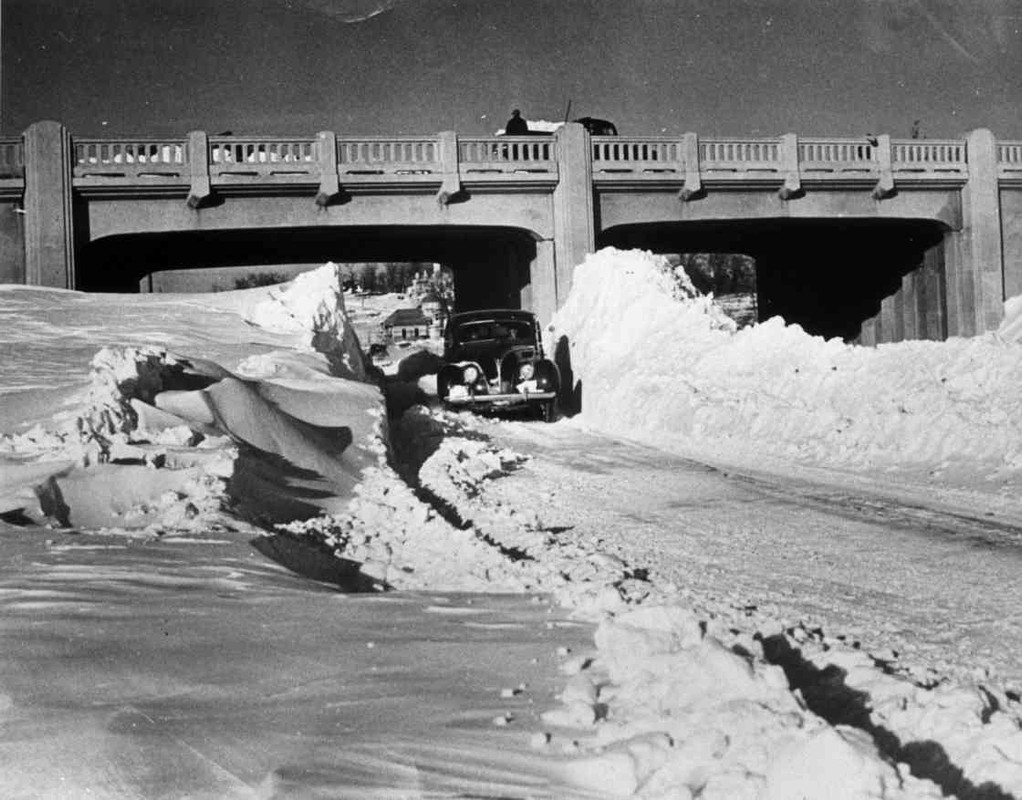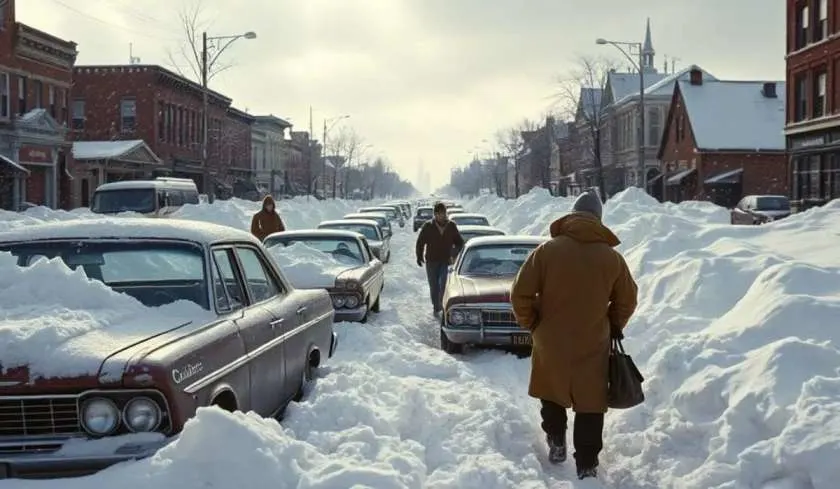Chicago's icy storm on January 26-27 - 1967 remains the most severe snow storm on the city. The world records dropping 23 inches of snow with winds up to 60 mph. During the height of the working day there was a storm trapping. Thousands of people in the city offices and transported chaos that lasted for days. The combination of heavy snow and fierce winds created 10 feet high flow, causing many roads to be completely irrelevant.
The impact of the storm on Chicago was particularly serious. Because the city's infrastructure could not handle such mass snowfall just. Buses and trains stopped running causing passengers to strand the entire metropolitan area. Heye Airport was closed for several days, and the first for the first time in the history of the city was suspended.
The economic impact was very large, the businesses shut down and productivity to grind to a stop. This storm made especially memorable how it affects daily life in the third largest city of America. Milk delivery stopped, garbage collection was suspended, and many people were unable to receive for medical appointments or essential services.
1888 Blizzard: When New York City Disappeared

The great icy storm of 1888 remains the standard of gold by which all other East Coast Snow storms are measured. The famous storm dumped between 40 to 50 inches of snow in New York city. Surrounding areas from 11-14 March reaching other stories of buildings. The storm was so serious that it essentially erased the Manhattan from existence for three days. Down transport with telegraph lines is completely paralyzed.
It was especially devastating. This icy storm had time - it was killed during the height of the industrial revolution. When the city was densely populated. But there was a lack of modern snow removing equipment. More than 400 people died many of them were trying to navigate the streets during the storm. Economic effects were shaken businesses were discontinued and milk delivery is impossible. Which led to a lack of real food in the largest city in the US.
The Children's Blizzard of 1888: A Prairie Nightmare
The Great Blizard will earn another tragic surname, exactly two months after the Great Blizard destroyed the eastern coast. The children's icy storm hit Great Plains on January 12, 1888, completely dropped hundreds of school children and their teachers from the guard. This storm suddenly came so much that many people started as an unusually warm winter day.
The temperature is below zero below the 40s, in a few hours, 60 mph with winds and with blind ice. The storm earned his heartbreaking name because so many children were trying to build a house from school or got stuck in a room schools without adequate heating. The whole family ended when they only yards from their homes.
The Armistice Day Blizzard of 1940: Thanksgiving Weekend Disaster

The 1940 Armistis de Blizard hit the upper midwest on 11 November, not fully prepared the duck hunter and the external enthusiasts. An unusually started as a hot autumn day, quickly turned into a deadly winter storm that would claim 154 lives in Minnesota, Wisconsin and surrounding states.
The storm was particularly trusted because it coincided with the extreme of the duck hunting season. When thousands of people were spending outside the holiday weekend. Weather service predicted rain, no snow so most people were designed for light autumn season. When the temperature dropped 50 degrees in a few hours. The winds reached 80 mph, which led to a condition of whiteout, which made it impossible to see a few feet further.
The Storm of the Century: March 1993's Superstorm
In March 1993, the century storm lived up to its dramatic name, affecting a region from Canada to Central America and affecting about half of the United States population. This huge system wrapped all the winds, record snowfall, and tornado in an unprecedented weather. The storm dumps more than 50 inches of snow in the northern Carolina and parts of Tenasy, areas that rarely see such accumulation.
It had an incredible scope and intensity to make this storm particularly notable. This produced winds of over 100 mph with the shores, while the snowfall legs fall in the mountains together. The storm gave birth to 27 tornadoes in Florida alone, while also made a 20 -feet tall snowdrift in the Appalachian Mountain. Air travel was completely interrupted, for the first time in history with every major airport on the east coast.
Read more: Thai Hospital Says 20 People From Singapore Airlines Flight Remain In Intensive Care
The Blizzard of 1978: New England's Paralyzing Storm
The 1978 urgent storm brought New England to a complete stop from 5-7 February, which led to a natural disaster that would be remembered for generations. The storm combined heavy snowfall with the winds of the storm, which led to a 15-foot-high flow and made the journey impossible in the entire region. Massachusetts Governor Michael Dukakis declared an emergency situation and banned all non-essential travel, effectively shut down the entire state.
The storm time could not be worse, on Monday morning, during a busy, millions of people were trying to work. Many passengers abandoned their cars on highways, causing large -scale traffic jams which lasted for days. Some people got stuck in their vehicles for more than 24 hours, while others demanded shelter in schools, shopping centers and any available building.

